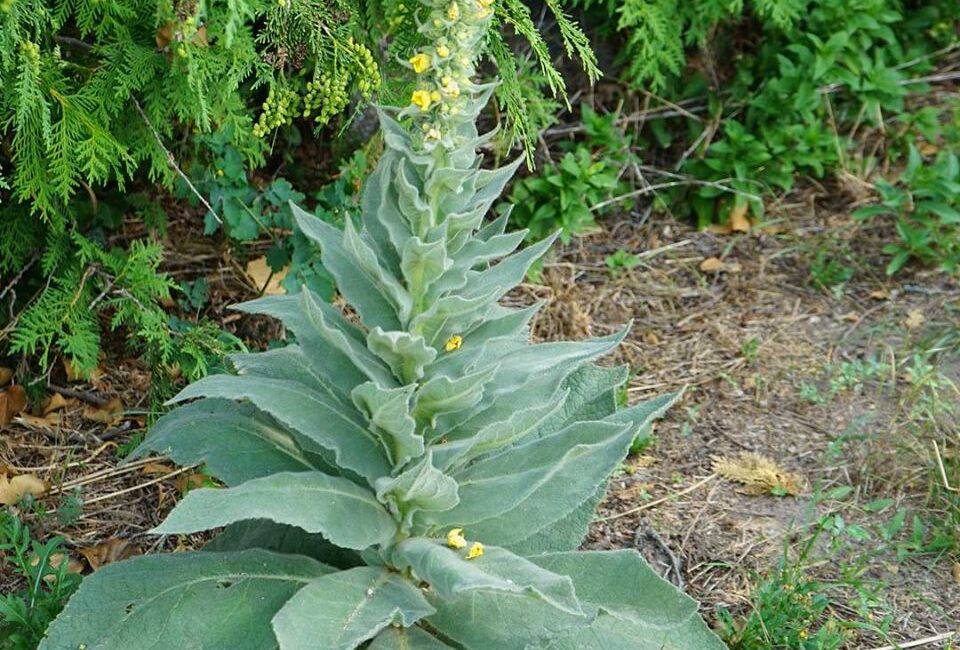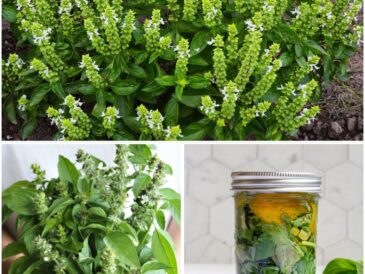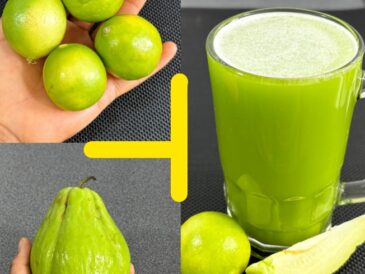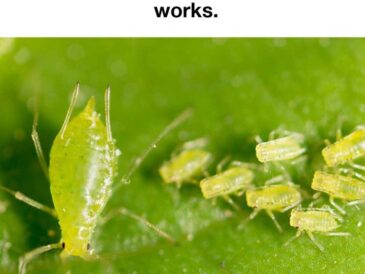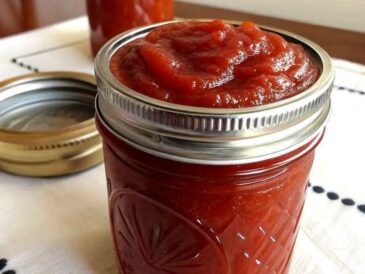Beyond its edible and medicinal value, purslane offers tremendous benefits for garden ecosystems.
Soil Health:
- Soil Retention: Its dense mat-forming roots help prevent erosion and retain soil structure.
- Water Conservation: Purslane reduces evaporation and keeps the soil moist for longer periods.
- Soil Remediation: It draws up nutrients and can help improve poor or compacted soil over time.
- Nitrogen Fixation Support: Though not a legume itself, it enhances nitrogen levels when interplanted with legumes or cover crops.
Companion Planting:
- Tomatoes: Purslane acts as a living mulch, keeping roots cool and deterring pests.
- Peppers and Eggplants: It offers ground cover that reduces weed competition and attracts beneficial insects.
- Pollinator Attractor: Its small yellow flowers invite bees and hoverflies into your garden, improving pollination for nearby crops.
Purslane is also a “dynamic accumulator,” concentrating minerals from the soil (like magnesium and iron), which makes it valuable when composted or used as green mulch.
6. How to Grow Purslane
Purslane is as easy to grow as it is to ignore—it thrives on neglect.
Propagation:
- Seeds: Sow directly into soil after the last frost. Seeds need light to germinate, so don’t cover them.
- Cuttings: Stem cuttings root quickly in soil or water.
Soil and Sunlight:
- Soil: Tolerates poor, sandy, or compacted soil.
- pH: Slightly acidic to neutral (6.0–7.5).
- Sun: Full sun yields the best growth and flavor, though it can tolerate partial shade.
Watering:
- Minimal. Purslane is drought-tolerant and only needs occasional watering once established.
Harvesting:
- Begin harvesting once the plant is 4–6 inches tall. Cut stems above the nodes to encourage regrowth.
- The more you harvest, the bushier it becomes.
Purslane is a self-seeding annual, so once introduced to your garden, it may return each year. To prevent uncontrolled spread, harvest before seed pods mature.
7. Safety, Precautions, and Lookalikes
While purslane is generally safe, it’s important to be aware of potential lookalikes and health precautions.
Lookalike: Spurge (Euphorbia spp.)
Spurge resembles purslane but is toxic. Key differences:
- Spurge has a milky white sap; purslane does not.
- Spurge’s leaves are thinner, flatter, and arranged differently.
- Purslane stems are thick and juicy; spurge is more delicate.
Always positively identify plants before consumption.
Oxalate Content:
Purslane contains oxalates, compounds that may contribute to kidney stone formation in sensitive individuals. Cooking reduces oxalate levels, and moderation is key for those with kidney issues.
8. Economic and Ecological Importance
Purslane’s drought tolerance and nutrient density make it a valuable crop in regions facing climate challenges. It is already being cultivated as a specialty green in parts of Europe, the Middle East, and Africa. In permaculture design, it’s gaining attention as a groundcover, food crop, and soil builder.
Additionally, as a fast-growing, low-input plant, purslane requires minimal resources to cultivate—no fertilizers, pesticides, or irrigation required. This positions it as a sustainable, low-carbon crop that could help address food insecurity.
9. Cultural Significance and Folklore
Historically, purslane has been revered in several cultures:
- Ancient Greece: Hippocrates prescribed it as a heart tonic.
- Middle East: Known as bakleh, it is used in salads and healing poultices.
- China: Called ma chi xian, it is considered a “vegetable for long life.”
- Native American tribes: Used it for its cooling and cleansing properties.
Despite its global heritage, purslane’s value was largely forgotten in industrial agriculture—until now.
Conclusion: The Plant You Should Never Walk Past Again
Purslane is a prime example of nature hiding riches in plain sight. It is not merely a weed, but a medicinal, culinary, ecological, and nutritional treasure. Whether you’re a gardener, a forager, a chef, or someone interested in self-sufficiency, this plant deserves a place in your life.
The next time you see this humble plant growing wild, don’t yank it out or ignore it. Bend down, take a closer look, and know that you’ve stumbled upon green gold. Purslane is one of the simplest, most rewarding ways to reconnect with the wisdom of the earth—and it might just change how you see your garden, your food, and your health.
